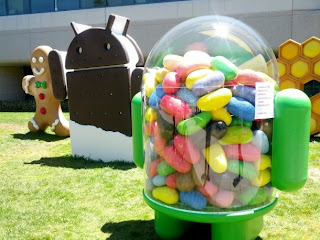Intel to stop making PC motherboards.
Intel Corp has decided to shut down its desktop
motherboard business in the next three
years. The company has been in PC motherboards business for more than 20 years.
The company said it will not develop motherboards after the launch of its
fourth-generation Core processor 'Haswell'
in 2013.
"As
Intel gradually ramps down its motherboard business we are ramping up critical
areas of the desktop space including integration of innovative solutions for
the PC ecosystem such as reference design development, NUC and other areas to
be discussed later," a spokesman for the company said in an emailed
statement. The company said it would continue to support all products sold
through the warranty period included with the specific product. Recently, Intel
said the business was largely focused on PC tower type designs. The company
said the employees focused on PC motherboards would be redistributed to address
emerging new form factors, including both desktop and mobile computers. Those
engineers will also be refocused to expand Intel's form factor reference design
work and enable the company's partners to develop new computing solutions,
Intel said.
With PC
sales contracting last year for the first time in 11 years, Intel and other
chip vendors are scrambling to capture more market share in non PC businesses.
Intel has for years been trying to increase its presence in Smartphone and
other mobile computing devices, as well as embedded systems. Intel said the
desktop PC segment continues to be a major focus for the company with hundreds
of products across many sub segments and applications. Intel expects the broad
and capable desktop motherboard ecosystem—including Asus, Gigabyte, MSI and
others—to support Intel's roadmap and worldwide customer base.





